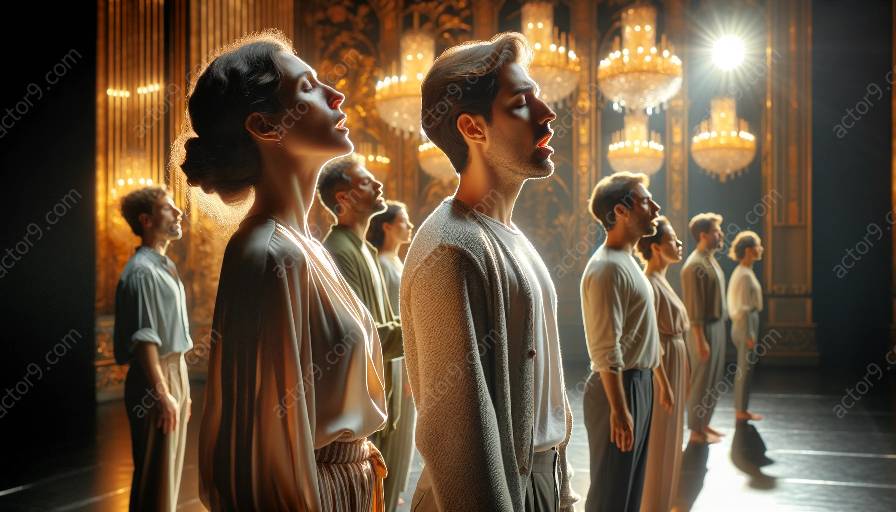Acting techniques are crucial for every actor to master in order to deliver captivating performances. One aspect that greatly influences an actor's stage presence and ability to reach an audience is vocal projection. The Linklater voice technique is a powerful method that focuses on the liberation and strengthening of the voice, providing actors with the necessary tools to excel in stage performance and vocal projection. This technique not only enhances an actor's vocal abilities but also contributes to overall presence, expression, and emotional depth in their acting.
Understanding the Linklater Voice Technique
The Linklater voice technique, developed by renowned voice coach Kristin Linklater, is a comprehensive approach to voice training that aims to free the natural voice and facilitate authentic expression. It emphasizes the release of vocal tension and the development of a resonant, expressive, and flexible voice. Through a series of physical and vocal exercises, actors are guided to explore and expand their vocal capacity, enabling them to convey emotions, thoughts, and characters with heightened clarity and power.
Enhanced Vocal Projection
One of the key benefits of the Linklater voice technique is its emphasis on vocal projection. The training cultivates the actor's ability to project their voice effectively, ensuring that their performance reaches all corners of the stage and resonates with the audience. By learning how to project without strain or force, actors can maintain vocal clarity and stamina throughout their performances, effectively conveying their characters’ intentions and emotions to every spectator in the theater.
Connection with Acting Techniques
While the Linklater voice technique specifically targets voice and speech, its influence extends to various acting techniques. An actor's vocal capabilities are intricately tied to their ability to embody characters, convey emotions, and communicate with authenticity. By undergoing Linklater voice training, actors gain a deeper understanding of their vocal instrument and how it can be effectively integrated into their acting process. This symbiotic relationship between vocal training and acting techniques empowers actors to deliver more nuanced, impactful, and authentic performances on stage.
Heightened Emotional Expression
Vocal expression is a fundamental component of emotional communication in acting. Through the Linklater voice technique, actors develop the capacity to infuse their voices with a wide range of emotions, allowing them to convey the subtleties and depth of their characters’ experiences. As a result, the audience is drawn into the world of the play through the rich and authentic emotional landscape that the actors create with their voices.
Confidence and Presence
Effective vocal projection and a resonant voice contribute significantly to an actor's presence on stage. The Linklater voice technique instills confidence in actors, enabling them to trust in the power and expressiveness of their voices. This confidence permeates their entire physical and vocal presence, allowing them to command the stage and engage the audience with compelling and authentic communication.
Conclusion
The Linklater voice technique plays a pivotal role in preparing actors for stage performance and vocal projection. By honing their vocal skills, enhancing their emotional expressiveness, and fostering overall stage presence, this technique equips actors with the tools to deliver captivating and impactful performances. Through its integration with acting techniques, the Linklater voice technique enriches the actor's craft and contributes to a more profound and resonant connection with the audience.













































